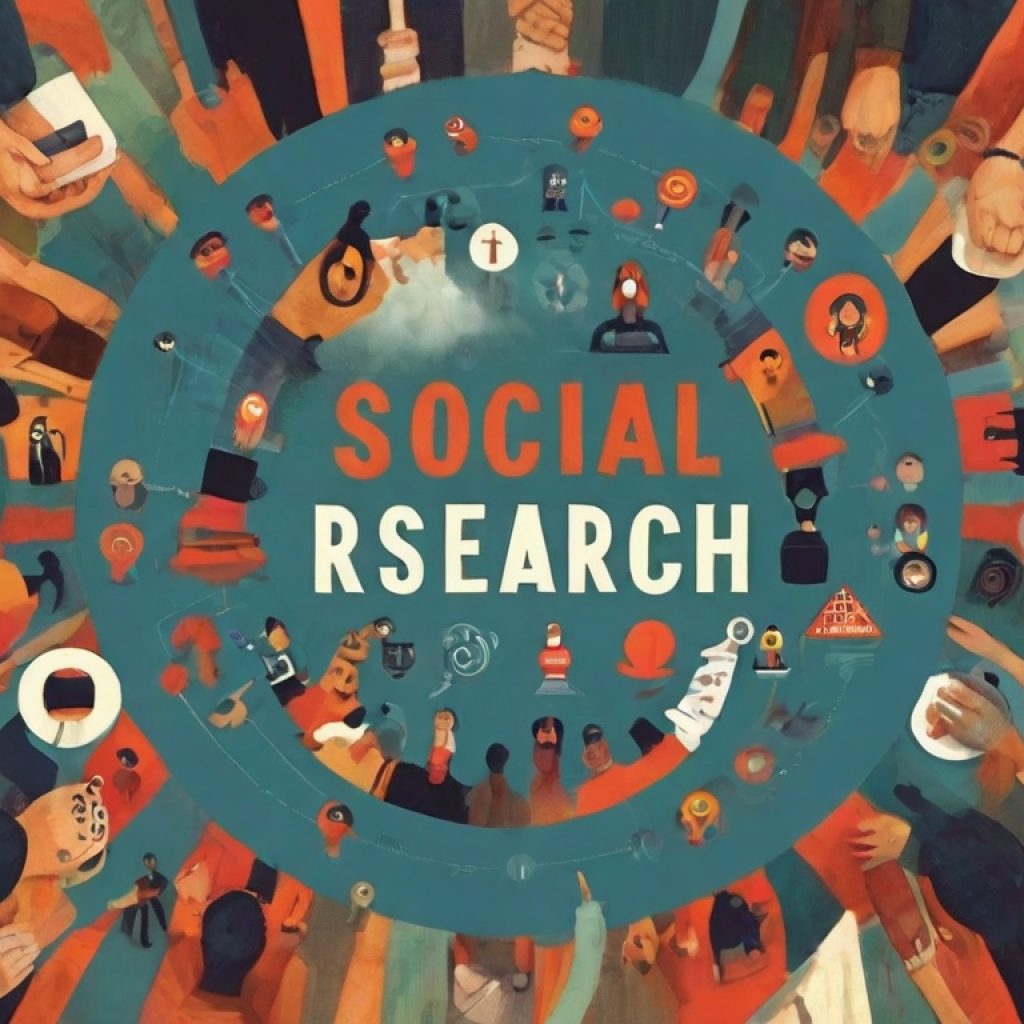New data reveals that the growth of generative AI is concentrated in a few key metro areas, prompting discussions on the need for intervention to promote a more inclusive AI landscape.
The generative AI landscape is experiencing rapid growth, with numerous entrepreneurs, investors, and tech thinkers anticipating its winners. However, recent data suggests that despite the promise of democratizing technology, generative AI’s expansion may be further concentrating in select metropolitan areas, challenging the notion of decentralization.
While open-source initiatives and licensing deals have paved the way for widespread access to generative AI technologies, the concentration of job postings in specific metropolitan regions indicates a different reality. According to research from Brookings, over 60% of generative AI job postings in the year ending July 2023 were clustered in just ten metro areas, with a significant portion in the Bay Area. This trend mirrors the historical concentration of digital technologies in tech hubs.
Historically, disruptive technologies have maintained their concentration in core locations, creating long-lasting advantages for these pioneer regions. Generative AI appears to follow a similar pattern, driven by the need for specialized talent, network effects, and innovation benefits in local clusters. While increased accessibility and affordability of computing may allow for more decentralization in the future, several factors continue to centralize AI development.
Key factors in AI concentration
Several factors contribute to the concentration of AI activity in specific regions. The presence of highly skilled professionals and expertise in core management and design hubs attracts AI development.
Early entrants in AI enjoy a competitive edge, making it challenging for emerging regions to catch up. Technical Challenges: The complexities of building and training foundation models tend to anchor AI development in well-resourced regions.
To address the concentration of generative AI and promote inclusivity in the AI landscape, policymakers and industry players must consider a range of interventions: Expand Research and Development: Expanding initiatives like the National Artificial Intelligence Research Institutes program, which supports diverse research agendas across universities, can help distribute AI R&D more widely.
Creating the National AI Research Resource (NAIRR) can democratize access to essential data and computational resources, reducing costs for AI development in non-superstar hubs.States and regions should invest in digital education and training programs, with a focus on underrepresented groups, to ensure broader access to AI skills pathways.AI’s designation as a “key industry” by government agencies presents an opportunity for states and regions to access resources and foster local AI ecosystems.
The uncertain path ahead
While there is hope that open-source development and cloud-based computation will free AI from concentrated hubs, the current data on generative AI job postings suggests that the winner-take-most dynamics of the digital sector may persist. Whether AI’s growth path mirrors that of previous digital technologies or takes a different course remains to be seen. In any case, proactive efforts are required at the national, state, and local levels to ensure the benefits of AI reach a broader audience in diverse regions.





